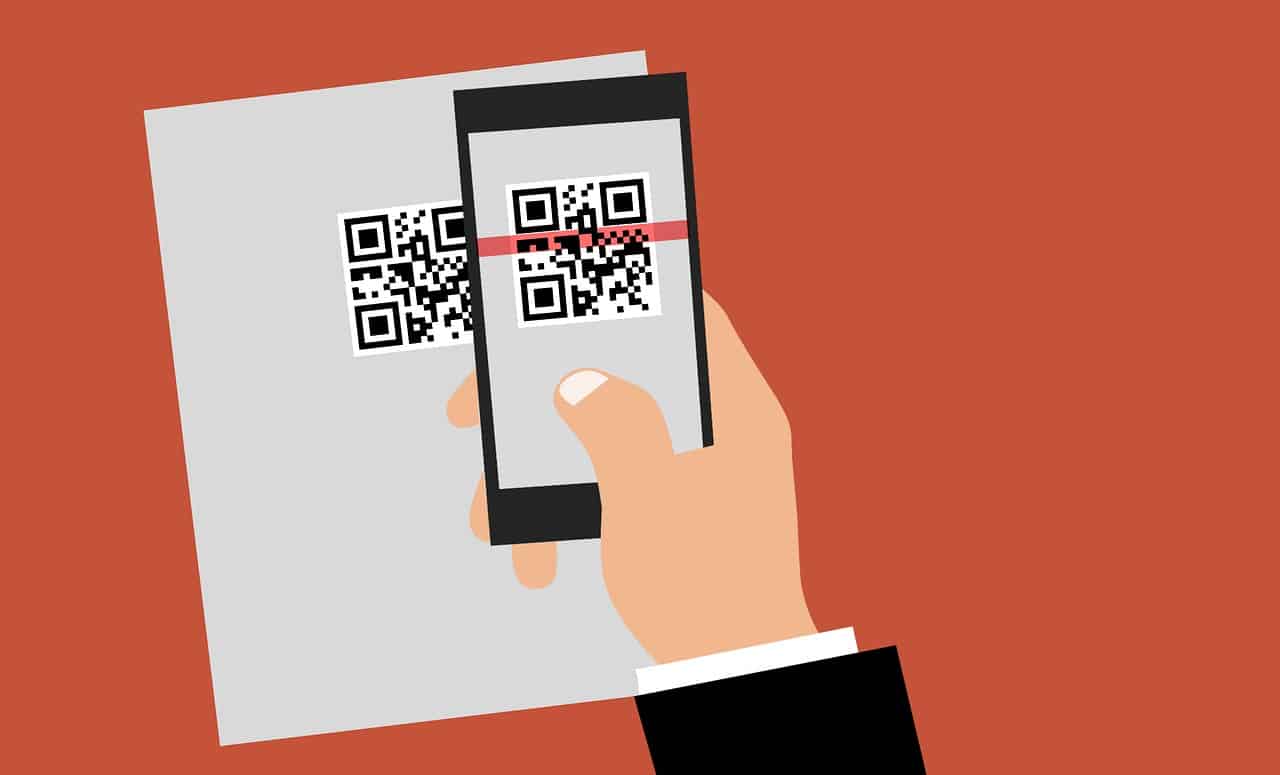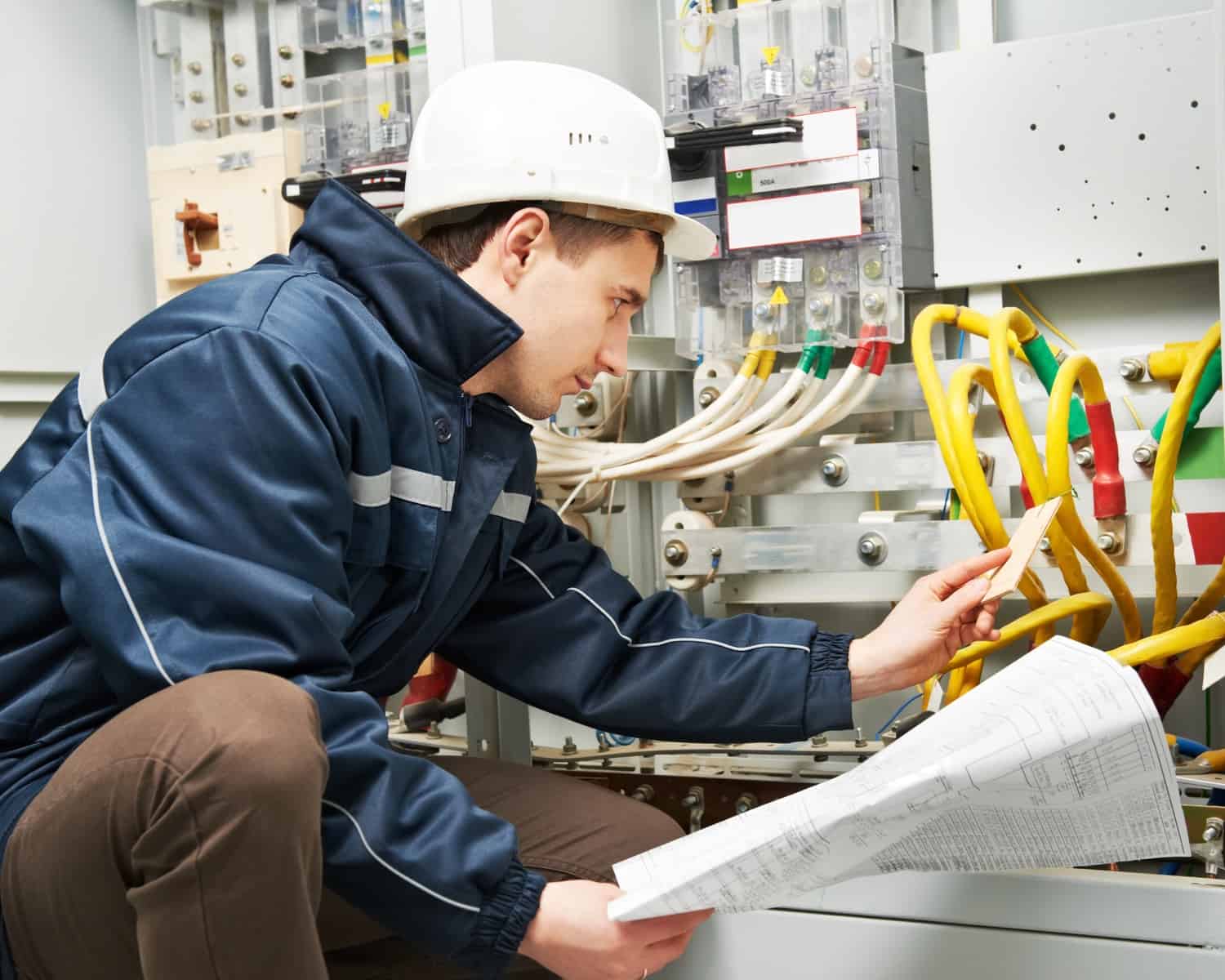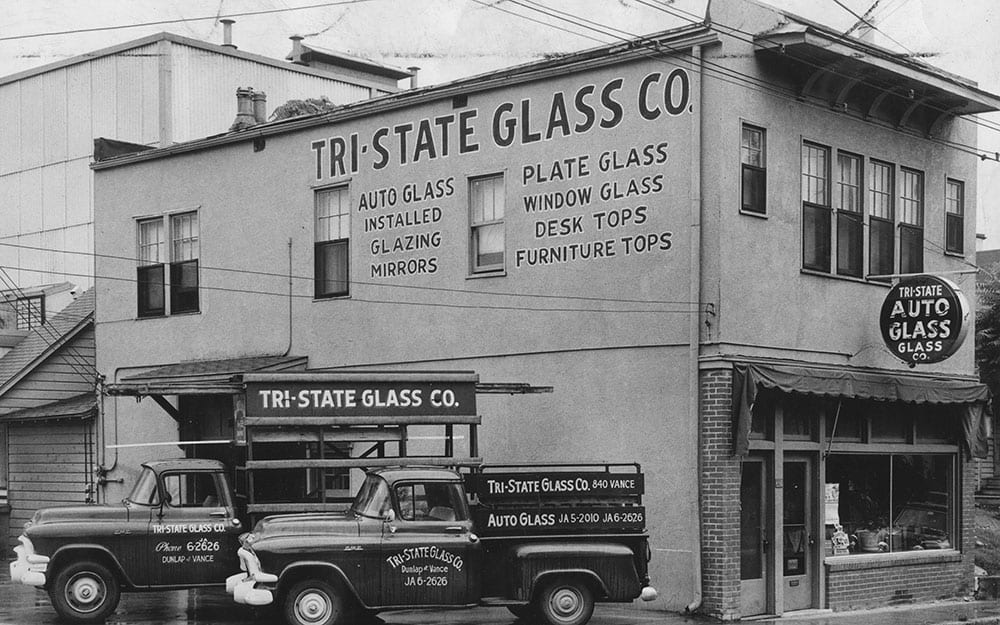
Another COVID-19 Line of Defense: QR Codes for Contactless Encounters
Some municipalities across the country are having similar experiences: long lines of cars with people waiting for COVID-19 vaccines, coupled with confusion on where to go upon arrival and questions about how long it will take to snake through the lines.
The recent resurgence of QR code technology could help. QR codes (short for “quick response codes”) were invented to better track the movement of products and materials in the manufacturing and transit stages. They rose to mainstream awareness when marketers began telling us “scan now to give us your feedback!” and “scan here to claim your freebie!”
QR Codes Could Help Today
In today’s environment, QR codes could play a helpful role in contactless traffic flow at vaccination sites. How? Visitors would receive a QR code to display on their phone or to print. The data contained in the code would contain the confirmed appointment time and basic personal information such as name, photo, and vaccination phase. The QR code would be scanned upon arriving at the site and traffic-flow instructions would then be shared, directing different people to different destinations.
QR code technology easily integrates with visitor-management systems. Together, these systems could increase traffic efficiency and reduce confusion for visitors. Luckily, the Dillard Family of Companies is an expert in installing and integrating both QR code technology and visitor-access systems.
This isn’t the only way QR codes have re-entered our mainstream experience in the pandemic era.
More Applications for QR Codes
Restaurants use QR codes instead of physical menus, allowing patrons to reduce what they need to touch. Similarly, hotels and healthcare facilities are using contactless check-in systems to assist with social distancing and a reduction in person-to-person encounters. Brick-and-mortar retailers have enabled contactless checkouts using QR codes. And, when integrated with an automatic door sensor, QR codes allow office buildings, university buildings, and other common spaces to offer touchless entries.
Interested in how QR codes might assist you as a pandemic-era solution — and beyond? Just reach out to us and we’d be happy to offer ideas on how you can create contactless encounters for your customers and visitors.



